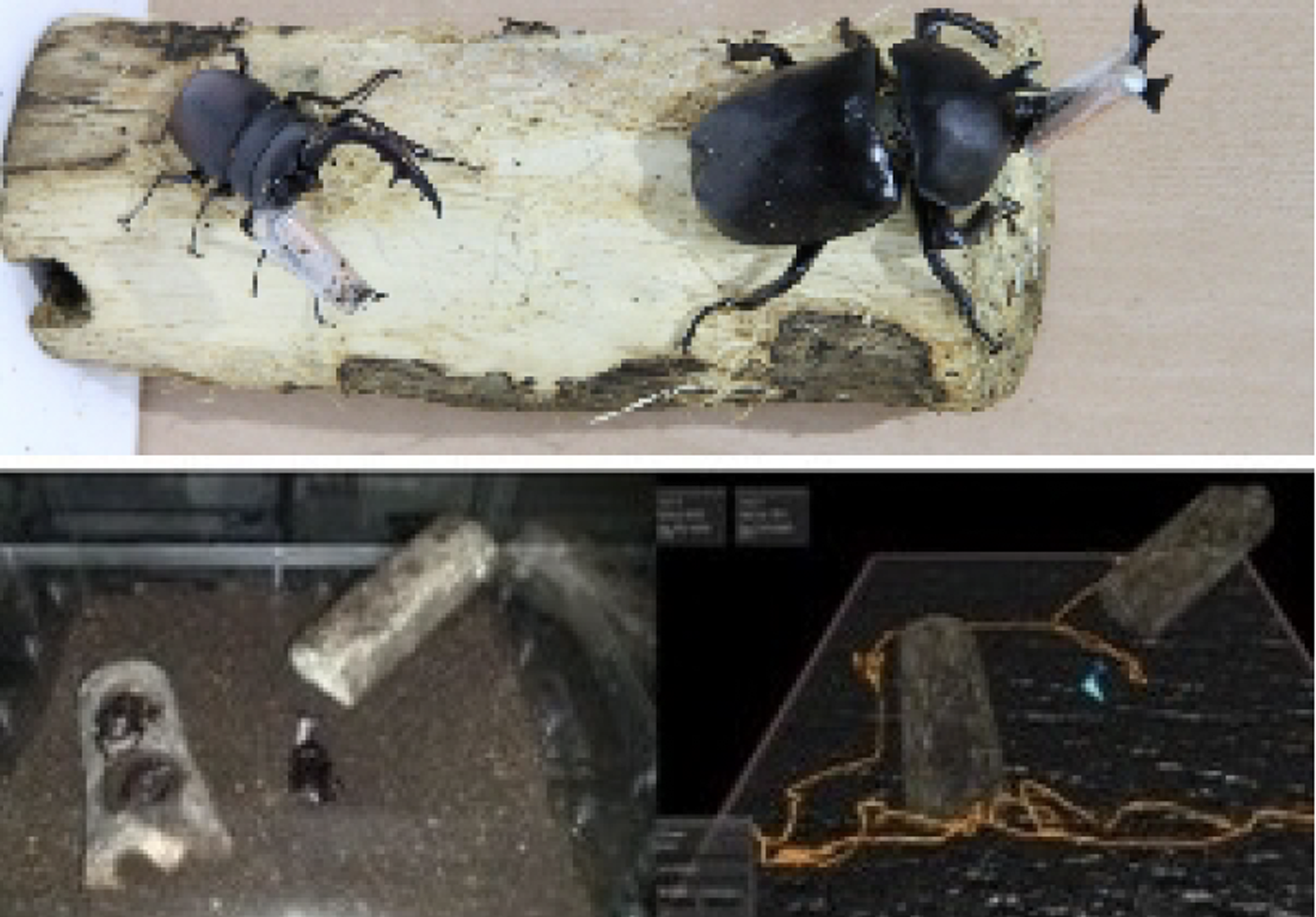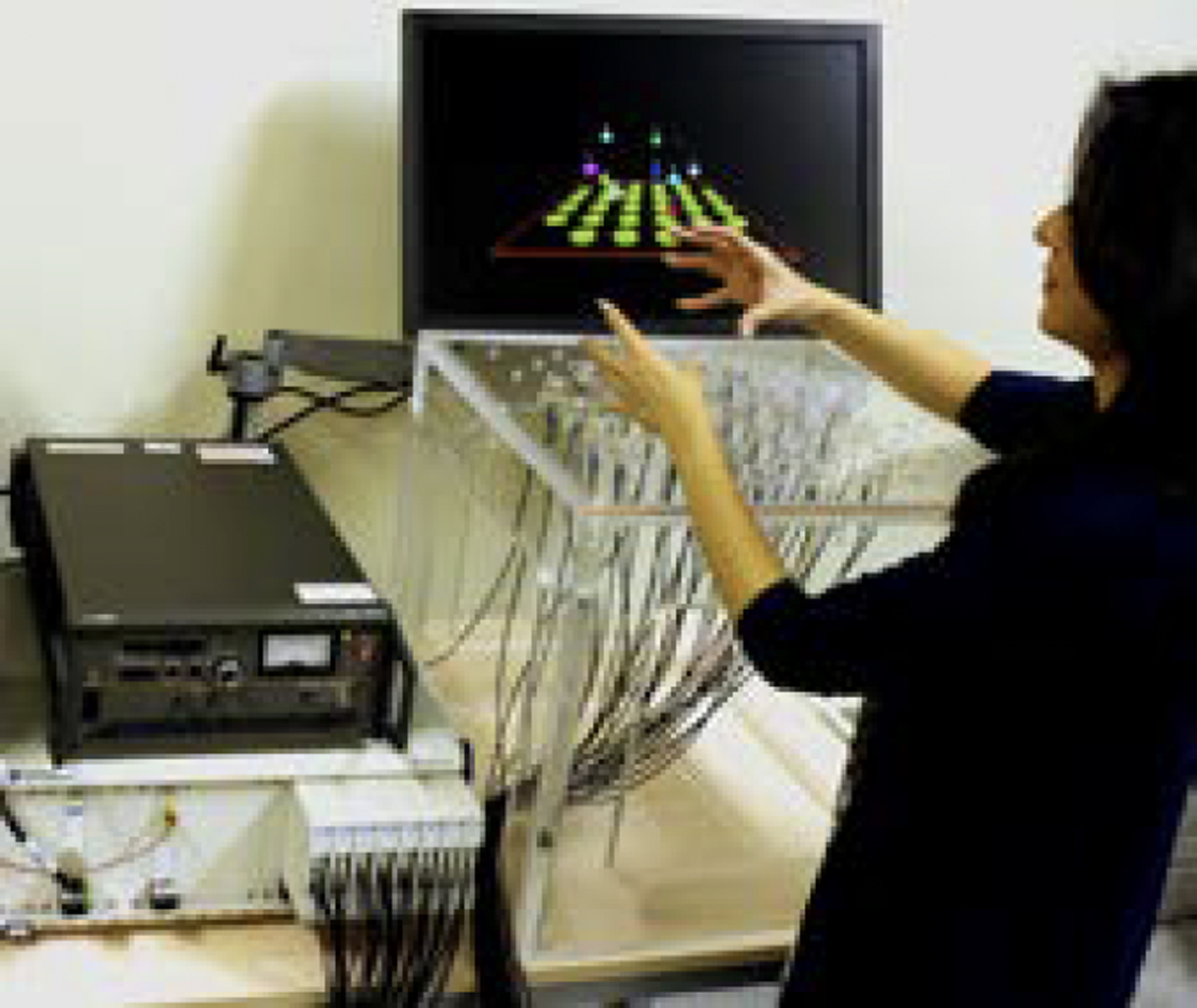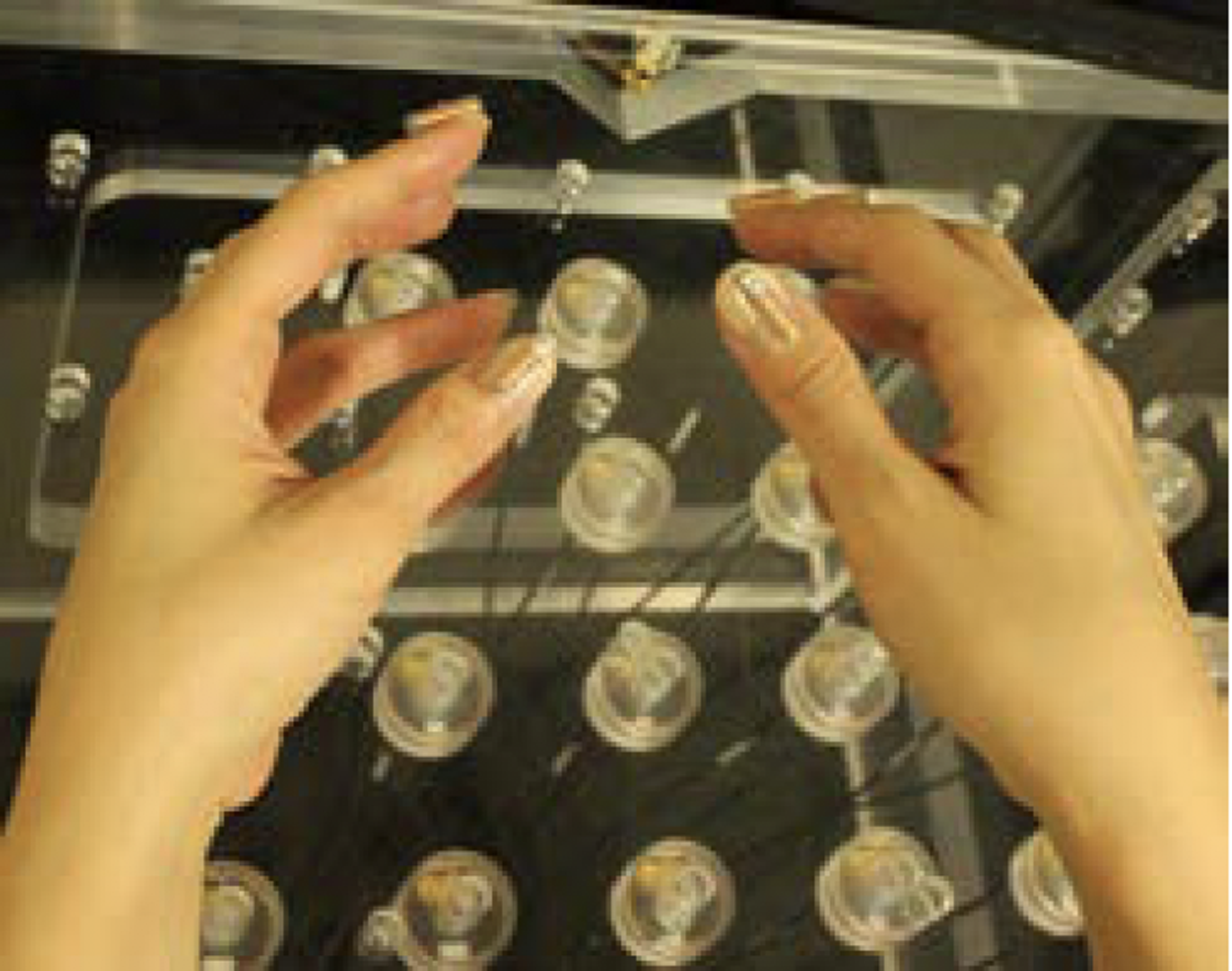“IM3D: Magnetic Motion Tracking System for Dexterous 3D Interactions” by Huang, Takashima, Hashi and Kitamura
Conference:
- SIGGRAPH 2014
-
More from SIGGRAPH 2014:


Type(s):
Entry Number: 13
Title:
- IM3D: Magnetic Motion Tracking System for Dexterous 3D Interactions
Presenter(s):
Description:
3D motion tracking is one key technology in computer animation, virtual reality, natural user interface, and so on. Over the last thirty years numerous projects with various approaches have developed motion tracking systems, including mechanical, ultrasonic, magnetic, and optical schemes. Recently, interest has also been growing in the motion tracking of small targets in complex environments and tracking subtle movements. For example, the behavior analysis of insects or other small creatures in the earth will contribute to the growth of biology or related sciences, and the precise analysis of dexterous finger motions will be useful for professional techniques or the skills required for traditional handcrafts or medical procedures. Unfortunately, common existing tracking systems cannot satisfy the requirements of these tasks because the targets are too small and their motions are complex and easily occluded.
Thus, we propose IM3D, a novel magnetic motion tracking system with multiple tiny, identifiable, wireless, occlusion-free markers that provides reasonable accuracy, a reasonable update rate, and an appropriate working space for exterous 3D interaction. Though the principle IM3D is based, which is proposed by [Yabukami et al. 2004], has a ten-year history, IM3D is the first system to make it suitable for interactive applications, as we managed to find out an appropriate layout, and calculate the inverse problem through parallel programming to boost its speed, and so on.
References:
YABUKAMI, S., HASHI, S., TOKUNAGA, Y., ARAI, K., AND OKAZAKI, Y. 2004. Development of a position-sensing system for a wireless magnetic marker. Journal of the Magnetics Society of Japan 28, 877–885 (in Japanese).
Additional Images:







